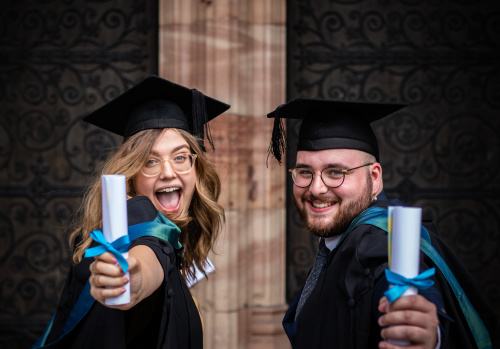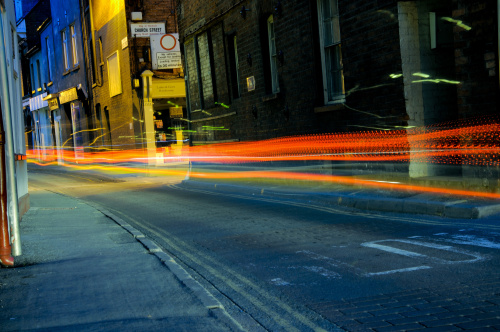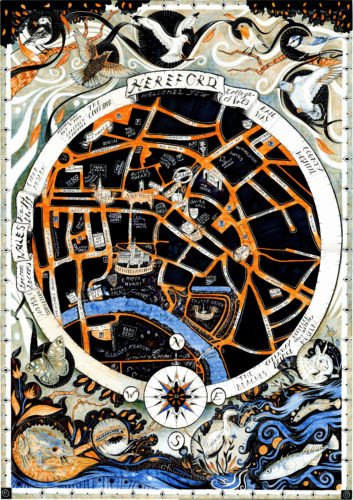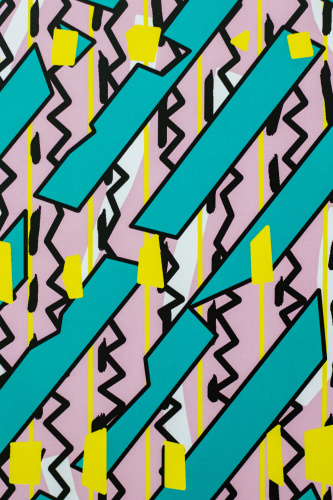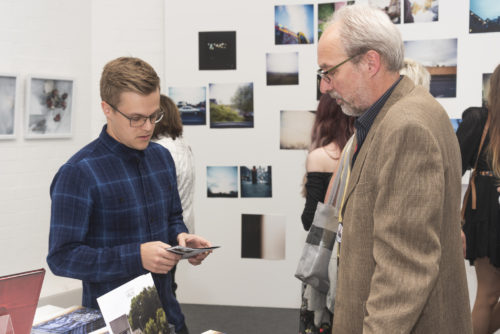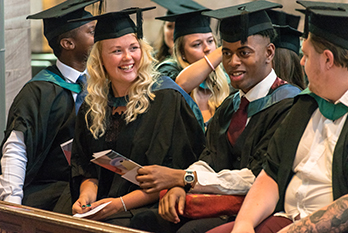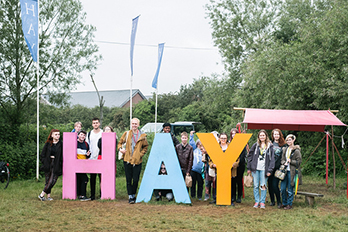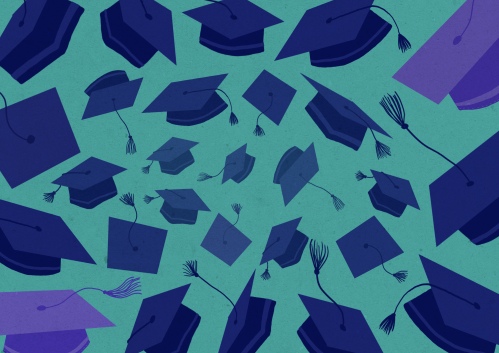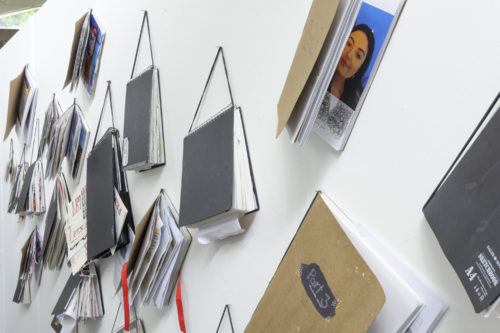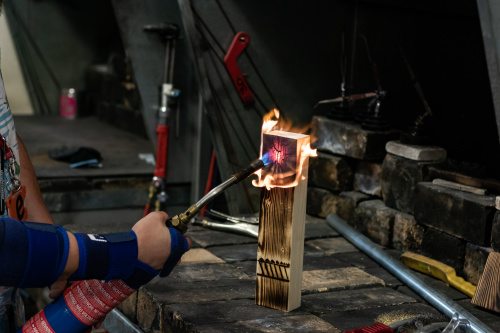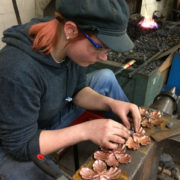Creative Lunch *1
Published on 01.03.16
Huge thanks to Gillian for running a very successful ‘Creative lunch’ today. It didn’t take us long to move from the staffroom at Folly to the lovely library space – thanks to Martin for lending us this area to create in. Wonderfully, we started the session with some kinesthetic thinking – using play-doh to create a
Categories
Huge thanks to Gillian for running a very successful ‘Creative lunch’ today. It didn’t take us long to move from the staffroom at Folly to the lovely library space – thanks to Martin for lending us this area to create in.

Wonderfully, we started the session with some kinesthetic thinking – using play-doh to create a visual metaphor for our next planned ‘work’ with our students. We then moved around and discussed our ideas, using our models to explain our curriculum and generating cross-curricular ideas in the process.
We ended the session by discussing how we might build on our conversations and put forward tangible suggestions to support collaboration across curriculum areas. Ideas put forward included:
- Creating ‘ideas generation’ groups
- Trialling digital platforms as ways to discuss and/or collaborate
- Having ‘initial collaboration’ sessions when starting a project so all areas are included from the outset
- Supporting ‘blue sky’ thinking – making sure that our ideas look beyond our own context
- Creating cross-curricular creative thinking opportunities
- Developing a ‘skills exchange’
- Facilitating students to create their own project across courses
- Using cross-curricular activity to improve students’ contextual awareness
- Bringing together the ideas and vocabulary of theatre and art
- Teaching different age groups and courses together
We all agreed that it was important to:
- Plan well in advance – starting discussions for specific collaborations well before a project begins
- Make sure that if areas collaborate for one aspect of the project, they continue contact throughout the project

In terms of research and scholarship, this type of informal, session can be considered in terms of the excellent Paula Zwodziak-Myers ‘The Teacher’s Reflective Practice Handbook’, in which she frames ideas regarding practitioner reflection and research within dimensions, including:
- Dimension 5 – consider alternative perspectives and possibilities
- Dimension 6 – try out new strategies and ideas
In a sense, informal sessions such as these often (like today) become ‘ideas generation’ spaces that can lead to more formal research and innovative practice. They also support self-questioning and allow safe exploration of the spaces between the contexts we are comfortable with.
Thanks again to Gillian for her creative lead today.
